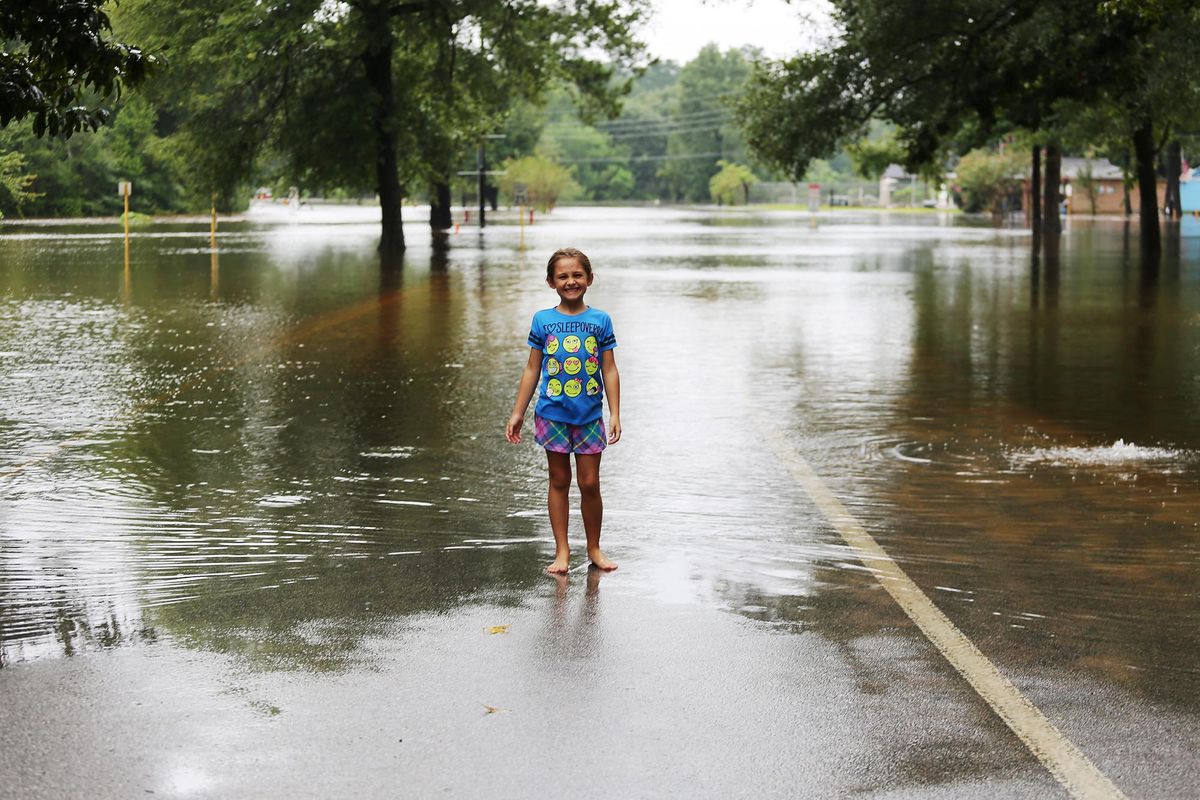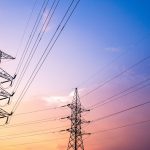
Studying the relationship between natural disasters and community wellbeing and recovery has been my passion since my time coordinating medical relief efforts throughout Asia as a Navy servicemember in Japan.
While doing this work I learned a saying: natural disasters are national events but local crises.
Disasters are local because their impacts are unique to each community. Some communities may struggle to recover infrastructure, others their health or jobs sectors—every local crisis requires specific responses to guide recovery. For example, if a tornado strikes, a poor county may need immediate and prolonged housing assistance due to lack of insurance and savings, while an affluent county may only need temporary intervention. Research has shown there are differential health needs by location, by income, and even gender.
Related: A disability should not be a death sentence during a natural disaster
But too often recovery efforts are inefficient and lack targeted efforts, resulting in wasteful or failed relief responses. The hardest hit county in Texas after Hurricane Harvey, Harris County, had an estimated 20 billion dollars in property damages while the least affected counties had less than 50 million dollars in damages. Disaster experiences are exacerbated by economic inequity, poverty, and oppression. The increased frequency and severity of natural disasters such as flooding, hurricanes, and wildfires in recent years combined with the devastating impacts of poverty is not just a social moral failing, but a devastating obstacle in community disaster readiness.
In America, there is new energy focused on community infrastructure. But while the 2021 infrastructure bill reflects a rising interest in complex infrastructure, these policies often promote general strategies for community improvement, ignoring the need to measure and meet specific community needs. For example, the Appalachia region is experiencing record job losses due to declining coal mining jobs. They are also dealing with the health burden left behind because of coal mining. Thus, infrastructure reform in this region requires both health and financial investment in its recovery strategy.
This essay is part of “Agents of Change” — see the full series
This oversight is critical because in the wake of natural disasters, women and children are the most impacted populations. As a result of their vulnerability, children are the best measure for community health and post-disaster recovery. The health of a community is undeniably intertwined with poverty and children’s health—so in preparing communities to weather natural disasters we must first address the fundamental issue of poverty and examine of our children’s health and wellbeing, which is a vital measure for communities.
Poverty and natural disasters

Poverty is expensive. Disasters compound upon existing poverty and make it exponentially more difficult for poorer communities to recover. Understanding how these effects build is crucial to reducing disparities. To understand “compounding poverty,” consider the three pillars of community: social and economic infrastructure, the built and natural environment, and health infrastructure.
Approximately 40 million Americans live in low-income and low-access areas, which are areas with limited access to a supermarket or grocery store. Low-income Americans are also less likely to have reliable transportation and more likely to rely on public transportation. Thus, the act of buying groceries becomes a much more time intensive and laborious process, which is why many people in low-income areas turn to their local convenience stores and buy less healthy foods.
This essay is also available in Spanish
Poor access to quality nutrition makes them more susceptible to poor health, which in turn impacts employment and insurance rates. Increased insurance costs plus low access to medical care results in more time off from work, which costs money, compounding previous costs and adding new financial hardships. People living in low-income areas are squeezed from all sides.
Poverty does not simply add burdens, it multiplies them. And just as poor access to a grocery store is part of a chain of issues rather than a singular problem, natural disasters create rippled effects for low-income communities that must all be addressed. Poor communities have higher deaths due to disasters, higher property damages, and, in their wake, disasters often increase poverty.
Poorer communities often do not truly recover from disasters, they improve from a period of crisis, but they have a new normal, a poorer status.
Focus on children’s health and well-being

Over the years, I have worked with local and state health departments to evaluate community-specific needs. Currently, I am investigating the impact of disasters on children’s mental health by using the Child and Adolescent Needs Survey (CANS), a national survey that collects physical and mental health data from more than 80% of American children. It focuses on their wellness needs and is collected throughout a year in the wake of a disaster when children are seen by health and human service workers such as counselors and social workers.
Since CANS can identify children’s needs both individually and at a family or community level, I can define and measure variables such as parents’ mental health or individual school resources—factors that are often ignored because they are difficult to measure. Health outcome data are plagued by a single limiting factor, diagnoses, which can be a barrier especially for disadvantaged communities. The CANS data is more accessible to these communities than professional assistance and diagnoses, and offers the opportunity to examine factors we know are crucial to health outcomes. By identifying and incorporating “difficult” variables, our solutions can be both more expansive and finely tuned to community needs.
By focusing on children’s well-being, and taking poverty and income into account, we can ensure that the future growth of communities is not stymied by the destruction left by a disaster. Evidence shows the lasting mental health trauma inflicted upon children from disasters can exacerbate prior trauma, which has a long-term influence on a child’s development. Currently, community improvement efforts are driven by leaders at a distance, but the focus of my work is to give tools to community leaders and policymakers close to the communities in question instead.
When health is seen as a product of both community systems and individual experiences, it becomes clear that the most effective strategies cross different disciplines. For example, drug addiction is often the result of poor economy, drug availability, and poor mental health. Unfortunately, urban planners and population health scientists are often in separate rooms working on this problem.
My work focuses on developing strategies to bring disciplines together, especially in the wake of disasters, and creating strategies to improve our communities.

Gavin Rienne is an Epidemiology & Biostatistics doctoral candidate in the University of Kentucky College of Public Health. Gavin currently studies the longitudinal impact of Hurricane Harvey on adolescent and children’s mental health. Twitter: @GavinRienne; Email: gavin.rienne@uky.edu
This article was produced through the Agents of Change in Environmental Justice fellowship. Agents of Change empowers emerging leaders from historically excluded backgrounds in science and academia to reimagine solutions for a just and healthy planet.
Banner photo: Hurricane Harvey flooding. (Credit: Jill Carlson (jillcarlson.org)/flickr)





